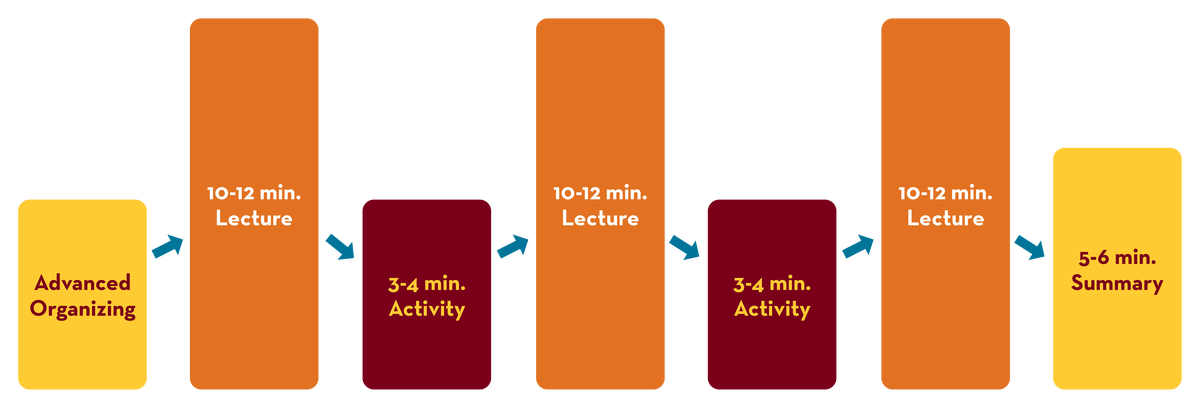Active learning is any approach to instruction in which all students are asked to engage in the learning process. Active learning stands in contrast to "traditional" modes of instruction in which students are passive recipients of knowledge from an expert.
Active learning can take many forms and be executed in any discipline. Commonly, students will engage in small or large activities centered around writing, talking, problem solving, or reflecting.
What is active learning?
Active learning refers to a broad range of teaching strategies which engage students as active participants in their learning during class time with their instructor. Typically, these strategies involve some amount of students working together during class, but may also involve individual work and/or reflection. These teaching approaches range from short, simple activities like journal writing, problem solving and paired discussions, to longer, involved activities or pedagogical frameworks like case studies, role plays, and structured team-based learning.
Samples of Active Learning Activities
In a “traditional” class, it is common for only some students in a given course to participate in asking or responding to questions. In contrast, a class with successful active learning activities provide an opportunity for all students in a class to think and engage with course material and practice skills for learning, applying, synthesizing, or summarizing that material.

- Classroom Assessment/Activities Techniques - CATs Guide
- Active Learning Strategies for Large Group Instruction
- Sample Activity from Mechanical Engineering
Making Time for Active Learning
Using active learning strategies does not require abandoning the lecture format. Rather, adding small active learning strategies can make lecturing more effective for student learning. These activities give students just a minute or two to check their understanding of recent material, practice a skill or highlight gaps in their knowledge before giving an explanation.
